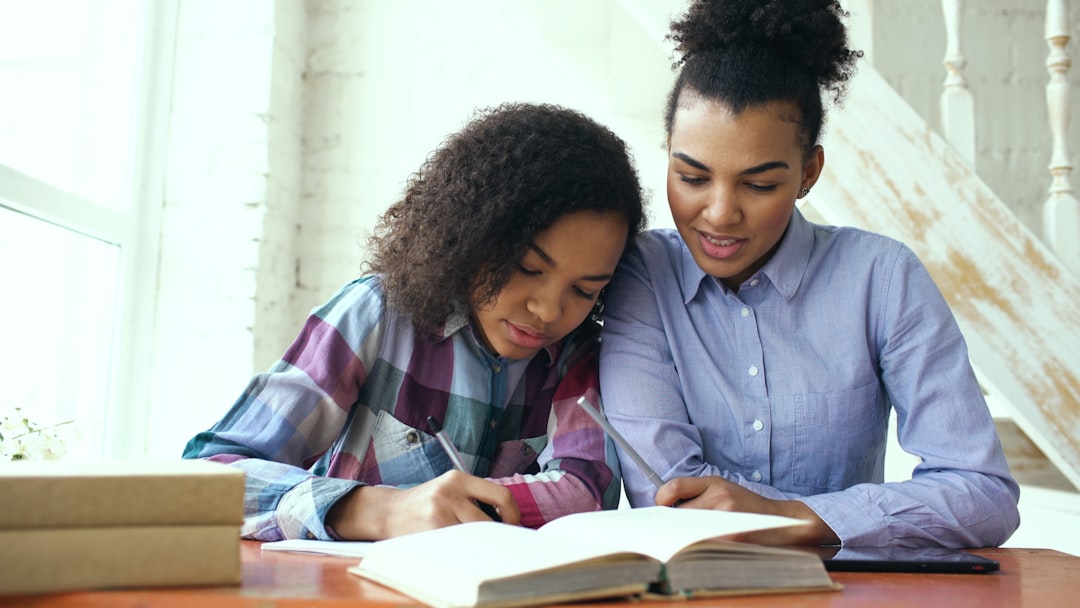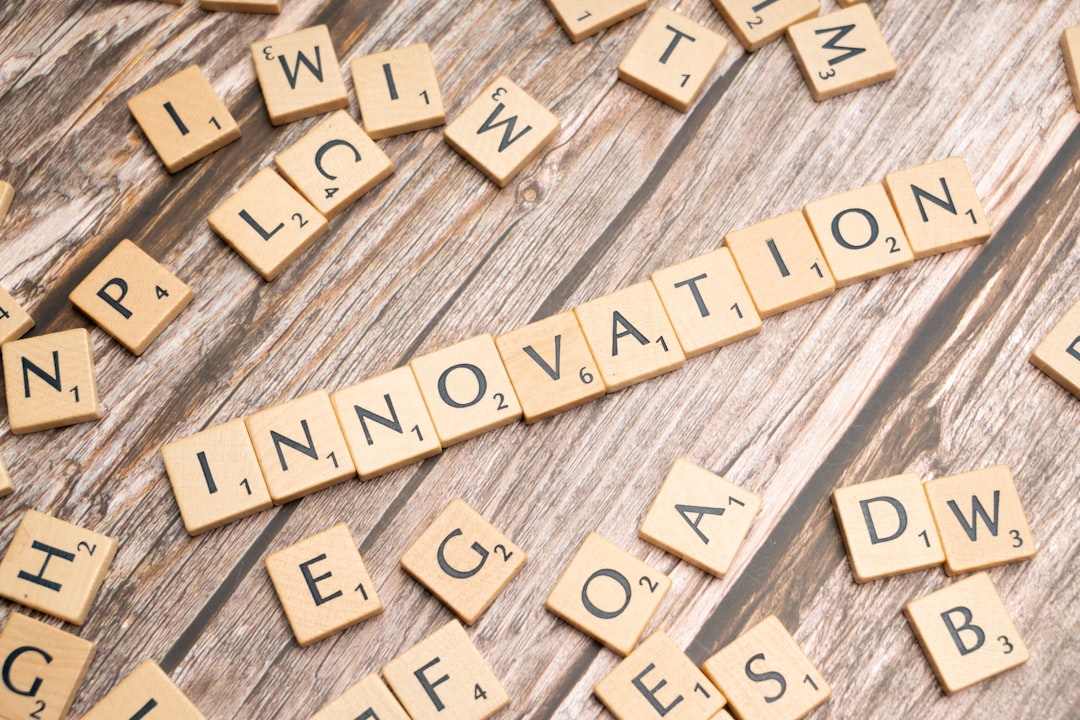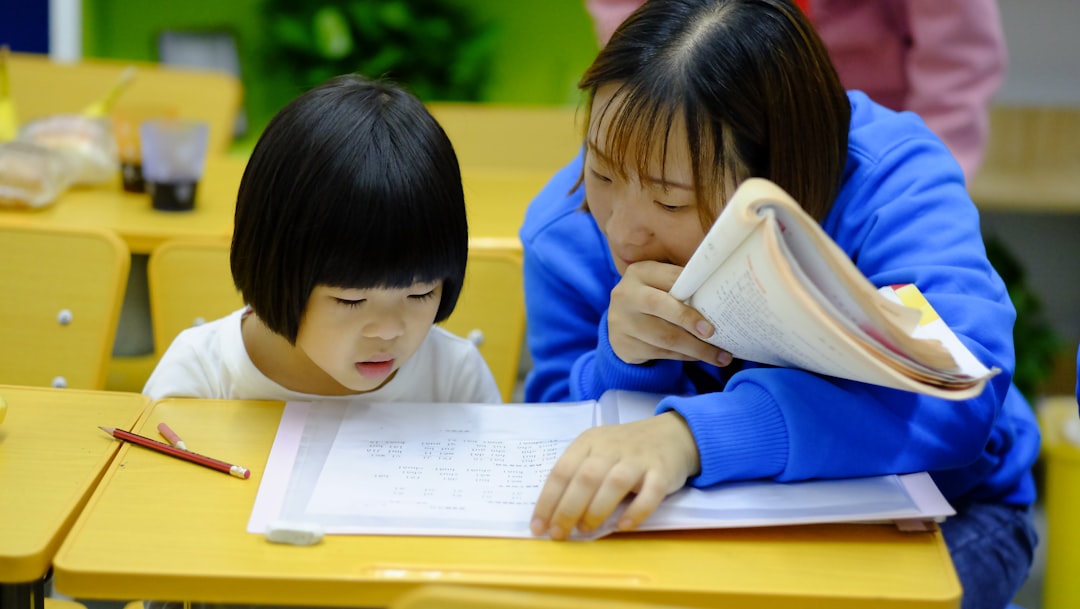How Modern Trends Are Changing US Education

Introduction
In recent years, the landscape of education in the United States has been undergoing significant transformation. Driven by technological advancements, evolving educational philosophies, and the need to prepare students for a rapidly changing world, modern teaching trends are reshaping classrooms across the nation. This article delves into these trends, examining their impact on teaching and learning processes.
Key Points
- Technology Integration: The use of technology in classrooms has expanded beyond basic computer labs to include interactive whiteboards, tablets, and online learning platforms. This integration facilitates personalized learning and provides students with access to a wealth of resources.
- Project-Based Learning (PBL): PBL emphasizes real-world problem-solving and critical thinking. Students engage in projects that require them to apply knowledge across various subjects, fostering deeper understanding and retention.
- Social-Emotional Learning (SEL): Recognizing the importance of emotional intelligence, SEL programs are being incorporated into curricula to help students develop skills such as empathy, self-regulation, and effective communication.
- Flipped Classrooms: This model reverses traditional teaching methods by delivering instructional content online outside of class, while in-class time is dedicated to exercises, projects, and discussions.
- Culturally Responsive Teaching: Educators are increasingly adopting teaching methods that recognize and honor the diverse cultural backgrounds of students, aiming to make learning more inclusive and effective.
Case Study
Consider a middle school in Austin, Texas, where educators have embraced a combination of these modern teaching trends. The school has implemented a one-to-one device program, providing each student with a tablet. Teachers use these devices to deliver flipped classroom content, allowing students to watch lectures at home and engage in collaborative projects during school hours. In one project-based learning unit, students work in groups to design a sustainable garden for their school. They research plant species, climate conditions, and soil types, integrating knowledge from science, math, and social studies. Throughout the project, teachers incorporate social-emotional learning by encouraging students to reflect on their teamwork and communication skills. The school also prioritizes culturally responsive teaching by including literature and historical content that reflects the diverse backgrounds of its students. This approach not only enhances engagement but also fosters a more inclusive learning environment.
Analysis
The integration of these modern teaching trends offers several benefits. Technology enables personalized learning experiences, allowing students to progress at their own pace. Project-based learning and flipped classrooms encourage active engagement and critical thinking, skills that are essential in today's workforce. Social-emotional learning supports students' mental health and interpersonal skills, which are crucial for success in both personal and professional settings. However, these trends also present challenges. Implementing technology requires significant investment in infrastructure and training. Teachers must adapt to new roles as facilitators rather than traditional lecturers, which can be a difficult transition. Additionally, ensuring equitable access to technology and resources remains a concern, particularly in underfunded schools.
US Examples & Data
- According to the National Center for Education Statistics, approximately 94% of public schools in the United States had internet access as of 2020, facilitating the integration of digital tools in classrooms.
- A 2022 report by the Pew Research Center found that 58% of teachers reported using digital tools daily, with many citing improved student engagement and learning outcomes.
- The Collaborative for Academic, Social, and Emotional Learning (CASEL) highlights that schools implementing SEL programs have seen a 13% increase in academic performance.
Why It Matters
Understanding and embracing modern teaching trends is crucial for preparing students to thrive in a complex, interconnected world. As the workforce evolves, so too must educational practices to equip students with the skills needed for future success. By fostering critical thinking, collaboration, and emotional intelligence, these trends help create well-rounded individuals capable of navigating diverse challenges.
Sources
- National Center for Education Statistics
- Pew Research Center
- Collaborative for Academic, Social, and Emotional Learning (CASEL)
Related Topics
- The Role of Artificial Intelligence in Education
- Addressing the Digital Divide in US Schools
- The Impact of COVID-19 on Teaching and Learning
Up Next





